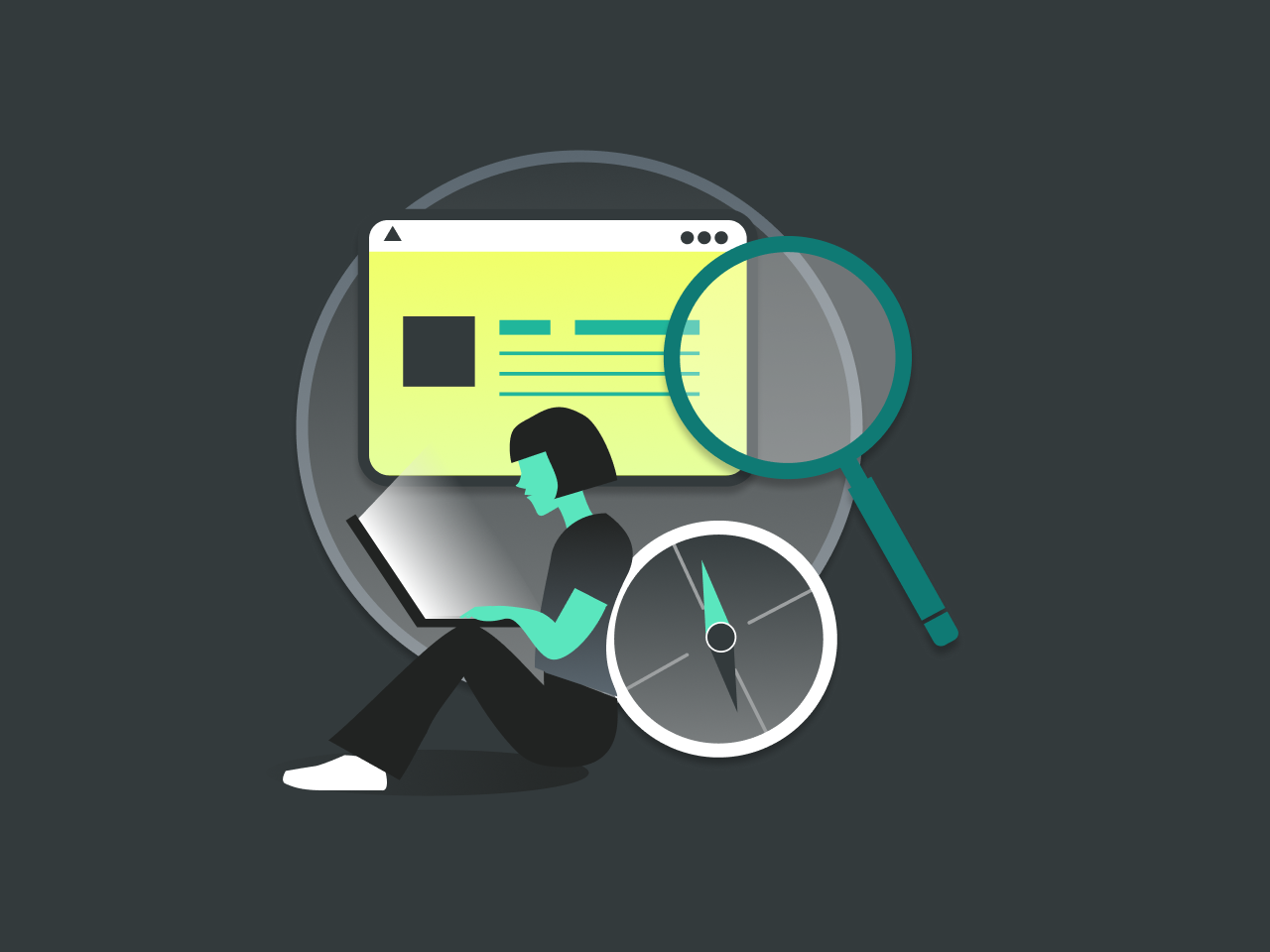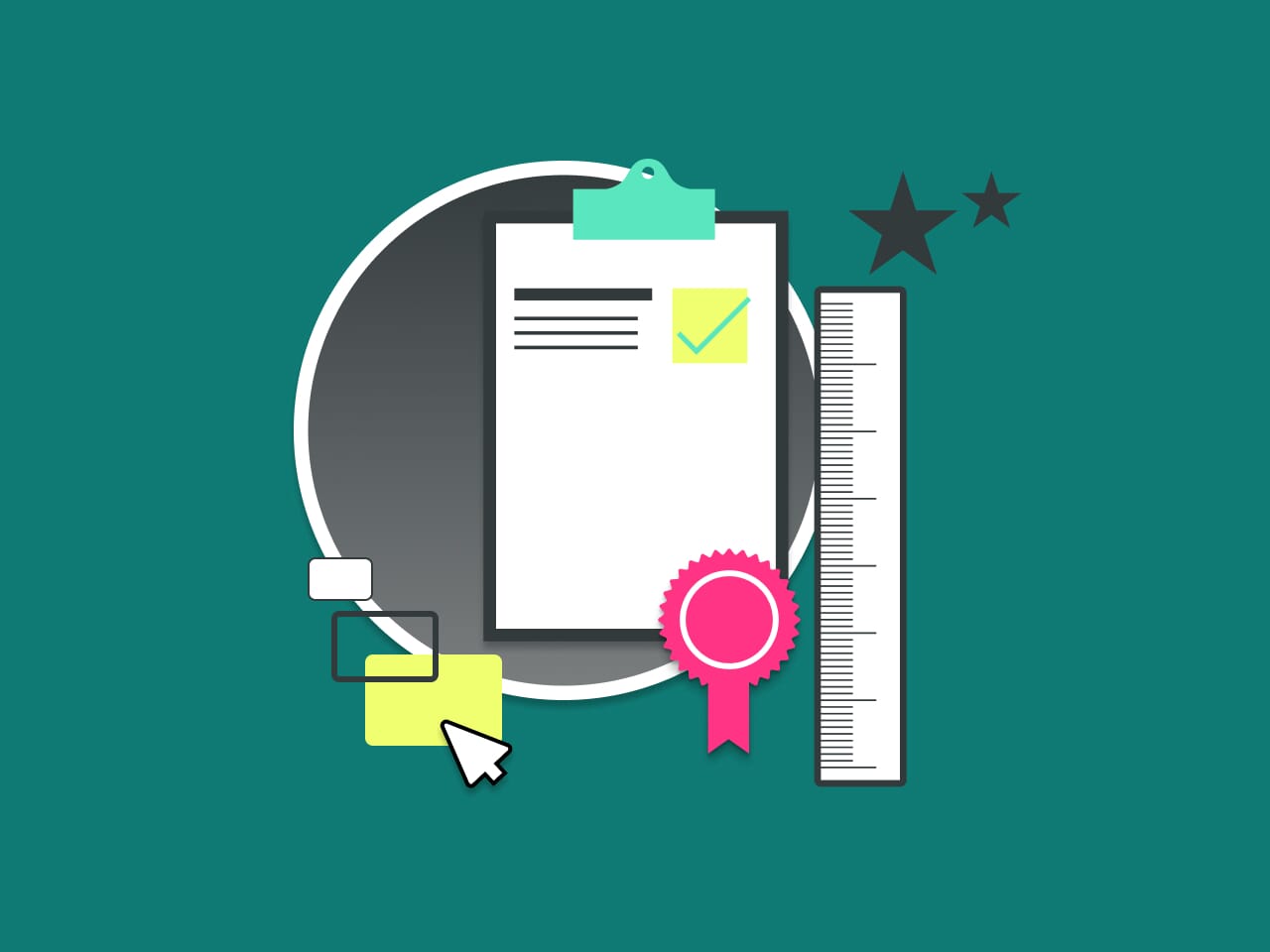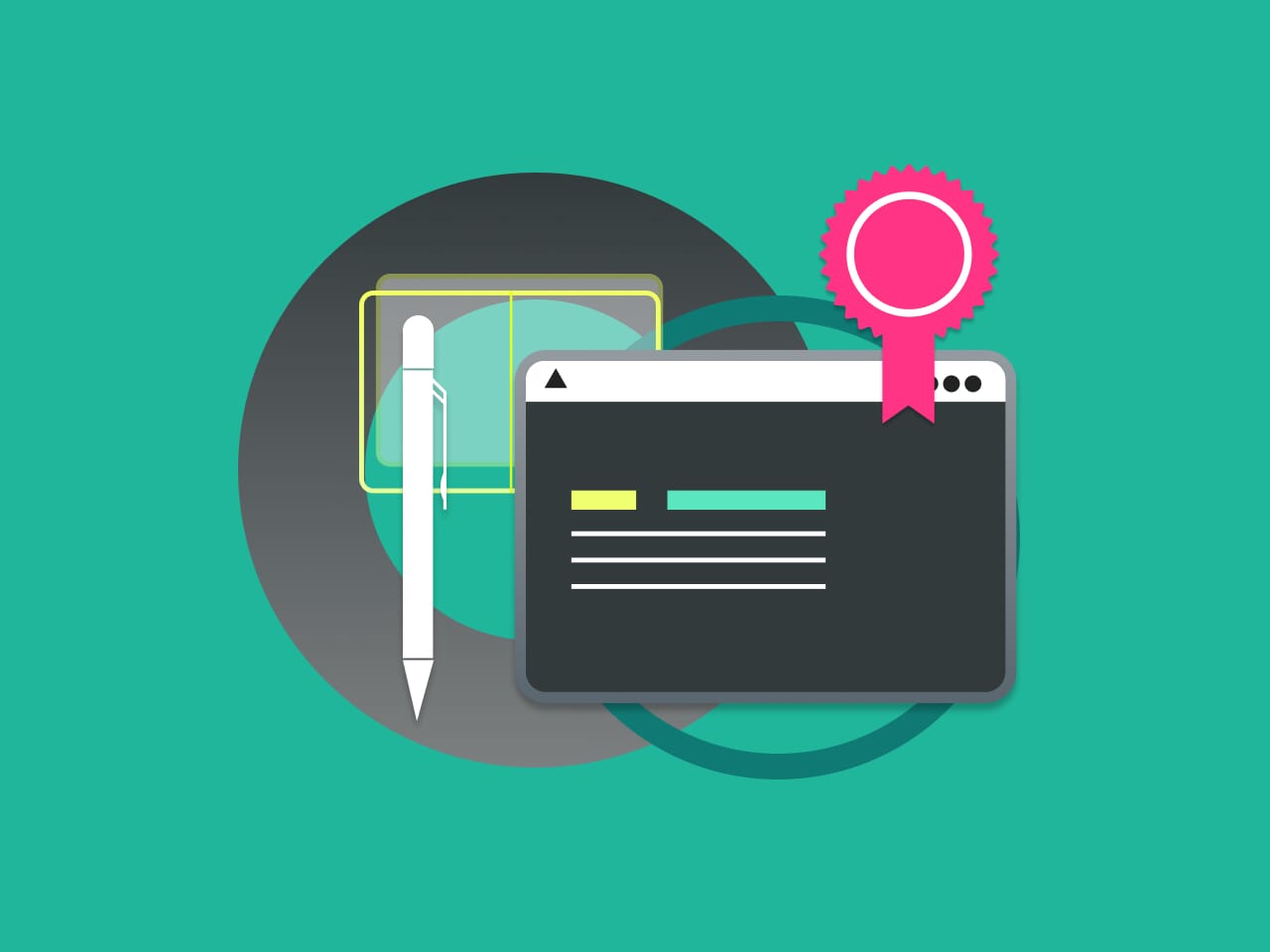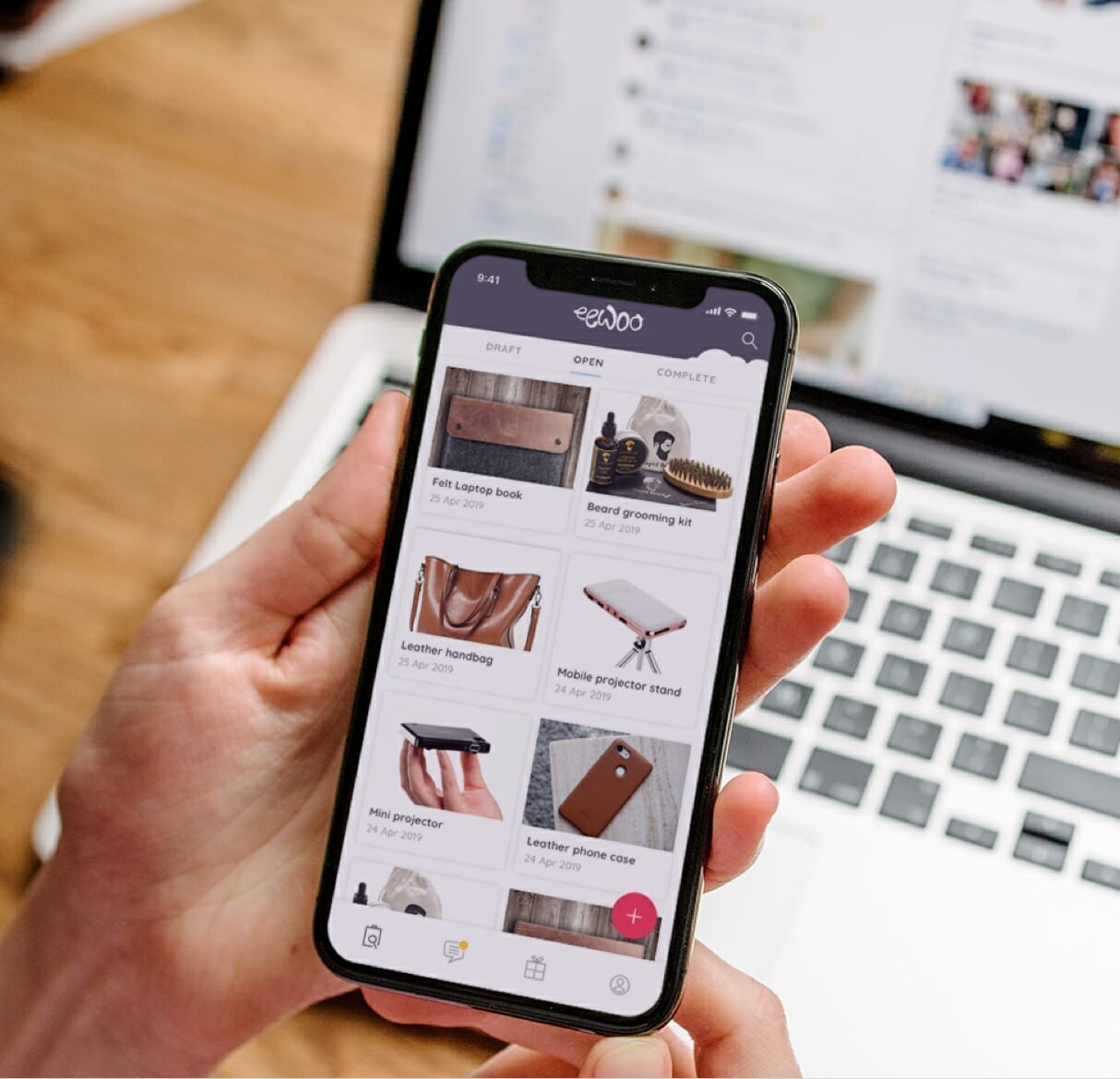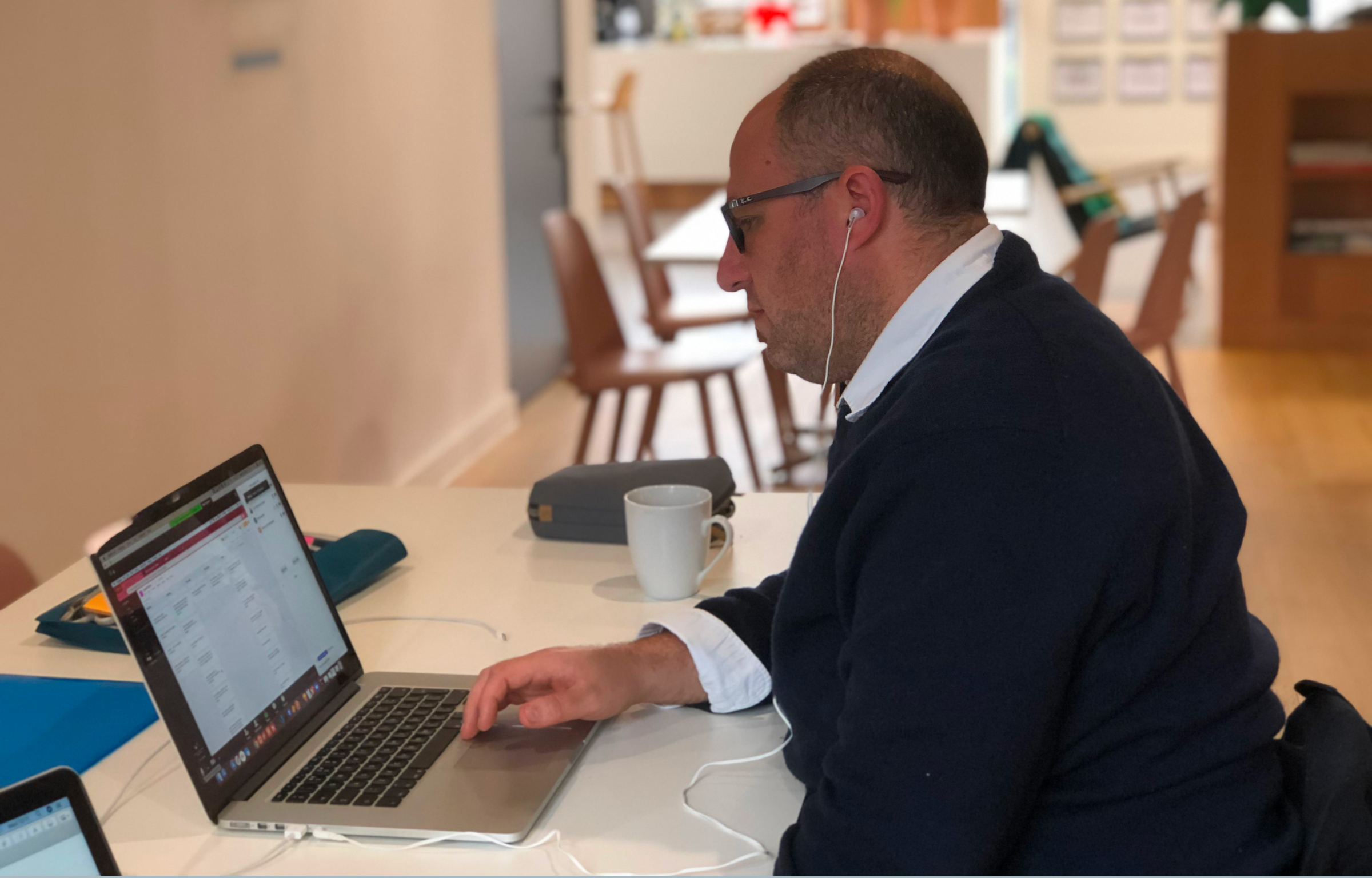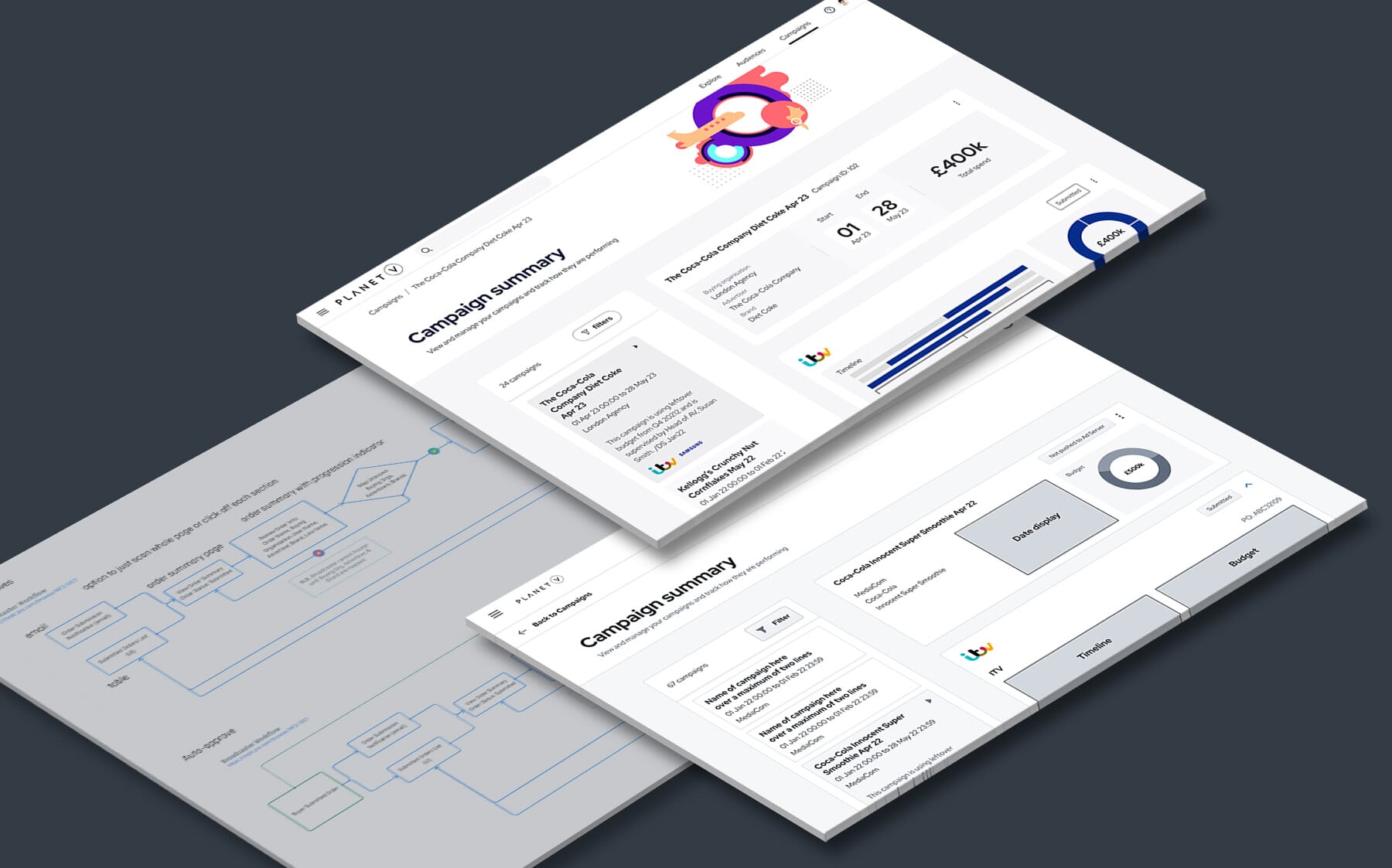
Defining prototyping in UX
Prototyping in UX design is all about bringing ideas to life before they become final products. UX prototyping involves creating a preliminary model or interactive sample of a product that allows designers and stakeholders to explore concepts, refine functionality, and gather user feedback early in the process before investing in its final development.
Think of a prototype as a tangible representation of your design. Rather than waiting until the final product is completed, a prototype enables you to evaluate and test your concepts at an earlier stage. It helps you see how people interact with the user interface and experience the flow of the product. This stage is crucial for experimentation—discovering what works, identifying potential issues, and making the necessary adjustments to better meet user needs and expectations.
What are prototypes in ux?
Prototypes are interactive models that simulate how a final product will function, allowing designers to gather feedback and refine their ideas early in the development process. What sets prototypes apart from other design tools, like wireframes and initial sketches, is their interactive nature. While wireframes focus primarily on layout and structure, and mockups offer a static visual representation, real, interactive prototypes allow users to engage with the design in a way that more closely reflects the finished product. This interaction helps reveal how the design will actually work in practice.
It’s also essential to understand that interactive prototypes are not just simplified versions of the final product, though. They play a crucial role in the design journey by serving as a bridge between initial concepts and final implementation. By testing design ideas and user workflows, prototypes help designers to make informed decisions that enhance the overall user experience. Recognising what prototypes are—and what they aren’t—helps designers use these tools more effectively, ensuring they contribute meaningfully to the creation of user-centric products.
Why is prototyping important in ux design?
Prototyping serves several essential functions in the design process, some of which we’ve already touched on, that significantly impact both the development timeline and the final product. When broken down, the core objectives of prototyping include:
- Validation: Using prototypes to test ideas and user flows early on ensures that concepts align with user needs and expectations. This proactive approach in conducting research allows designers to identify potential issues before they escalate as well as shape further developments around the feedback that’s received. This feedback might come from other team members, the wider organisation, or external stakeholders.
- Cost reduction: Naturally, then, by identifying design flaws or misalignments at an early stage by conducting this research and seeking this validation, teams can minimise the need for costly changes later in the development process.
These two benefits sit at the crux of why prototyping is so useful for designers.
Fidelity in ux prototyping: low vs high fidelity
Fidelity in prototyping refers to the level of detail and realism in a prototype, which can significantly influence the user experience and testing outcomes. Prototypes can be categorised into two main types based on their level of fidelity: low-fidelity and high-fidelity. Each serves a distinct purpose within the design process, making them suitable for different stages of development.
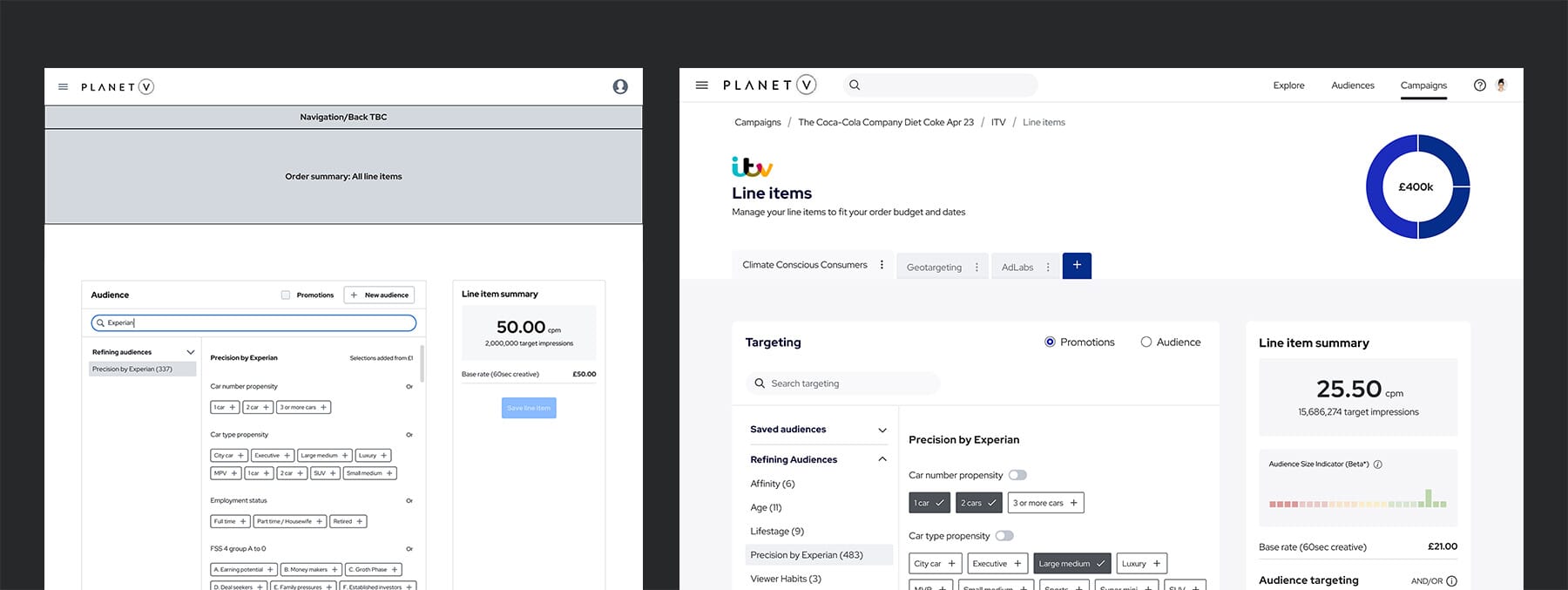
Comparison
Low-fidelity ux prototypes
Low-fidelity prototypes are characterised by their simplicity and speed of creation. Often taking the form of paper prototypes or basic interactive digital prototypes, these prototypes focus on core concepts rather than intricate design details. They are typically used in the early stages of the design process to explore ideas and gather initial user feedback.
Low-fidelity prototypes also allow teams to validate ideas quickly and inexpensively, making them ideal for brainstorming sessions and initial user interviews.
High-fidelity ux prototypes
In contrast, high-fidelity prototypes are more detailed representations that closely resemble the final product in terms of design, functionality, and interactivity. They may include realistic visuals, animations, and interactive elements.
High-fidelity prototypes are particularly valuable for usability testing, as they provide a more accurate representation of the user experience a real end-user might expect, enabling designers to gather critical feedback before the product goes live.
Benefits
Understanding the benefits of each fidelity level in a bit more depth can help designers make informed decisions about which type of prototype to use at different stages of their project – here’s our view:
Benefits of low-fidelity prototypes
- User feedback: Their simplicity encourages user input without overwhelming participants with detail, making it easier to gauge initial reactions.
- Testing efficiency: Rapid prototyping and iteration is possible, allowing design teams to make quick adjustments based on user feedback.
Benefits of high-fidelity prototypes
- Design accuracy: They provide a realistic view of the final product, helping to identify potential usability issues that may not be apparent in low-fidelity designs.
- Comprehensive user feedback: Users are more likely to engage meaningfully with a high-fidelity prototype, providing valuable insights that contribute to a more refined final product.
Drawbacks
Recognising the drawbacks of each fidelity level is equally important to ensure effective prototyping:
Drawbacks of low-fidelity prototypes
- Misinterpretation: Users may struggle to envision the final product based on these basic interactive designs, potentially resulting in feedback that doesn’t accurately reflect their experience with a fully realised design.
Drawbacks of high-fidelity prototypes
- Resource intensive: High-fidelity digital prototypes can be time-consuming and resource-intensive to create. If feedback is negative at this stage, it can be extremely costly to pivot.
- Focus on aesthetics: Users might concentrate on minor visual elements rather than broader usability issues, leading to feedback that emphasises aesthetics over functionality.
In summary, both low-fidelity and high-fidelity prototypes play equally important roles in the design process, each offering unique advantages and drawbacks that cater to different stages of development. Understanding when to utilise each type can significantly enhance the effectiveness of the prototyping process.
Prototyping tools for ux design
Having the right tools can significantly enhance the prototyping process too. Various software options will cater to different fidelity levels and team needs/preferences, making it essential to choose the ones that best fit your project requirements. Here are some widely used prototyping tools in the industry, along with their key features:
Figma
- Collaborative design tool allowing multiple users to work simultaneously.
- Cloud-based platform supports real-time feedback.
- Enables creation of both low-fidelity wireframes and high-fidelity prototypes with interactive elements.
Axure RP
- Suitable for detailed functionality with complex interactions and dynamic content.
- Excellent for high-fidelity prototypes and comprehensive user flows.
Marvel
- Intuitive tool for quick prototyping with drag-and-drop functionality.
- Ideal for early-stage conceptual testing, allowing for rapid design iteration.
Choosing the right prototyping tool
When selecting a prototyping tool, make sure to consider factors such as team collaboration needs, project complexity, costs, and design preferences. Each tool has its strengths, and the best choice will depend on your specific requirements. Experimenting with different tools can help you identify the one that aligns best with your workflow and enhances your prototyping efforts.
Having used all of the above tools at various points, Figma as our preferred tool of choice here at Full Clarity.
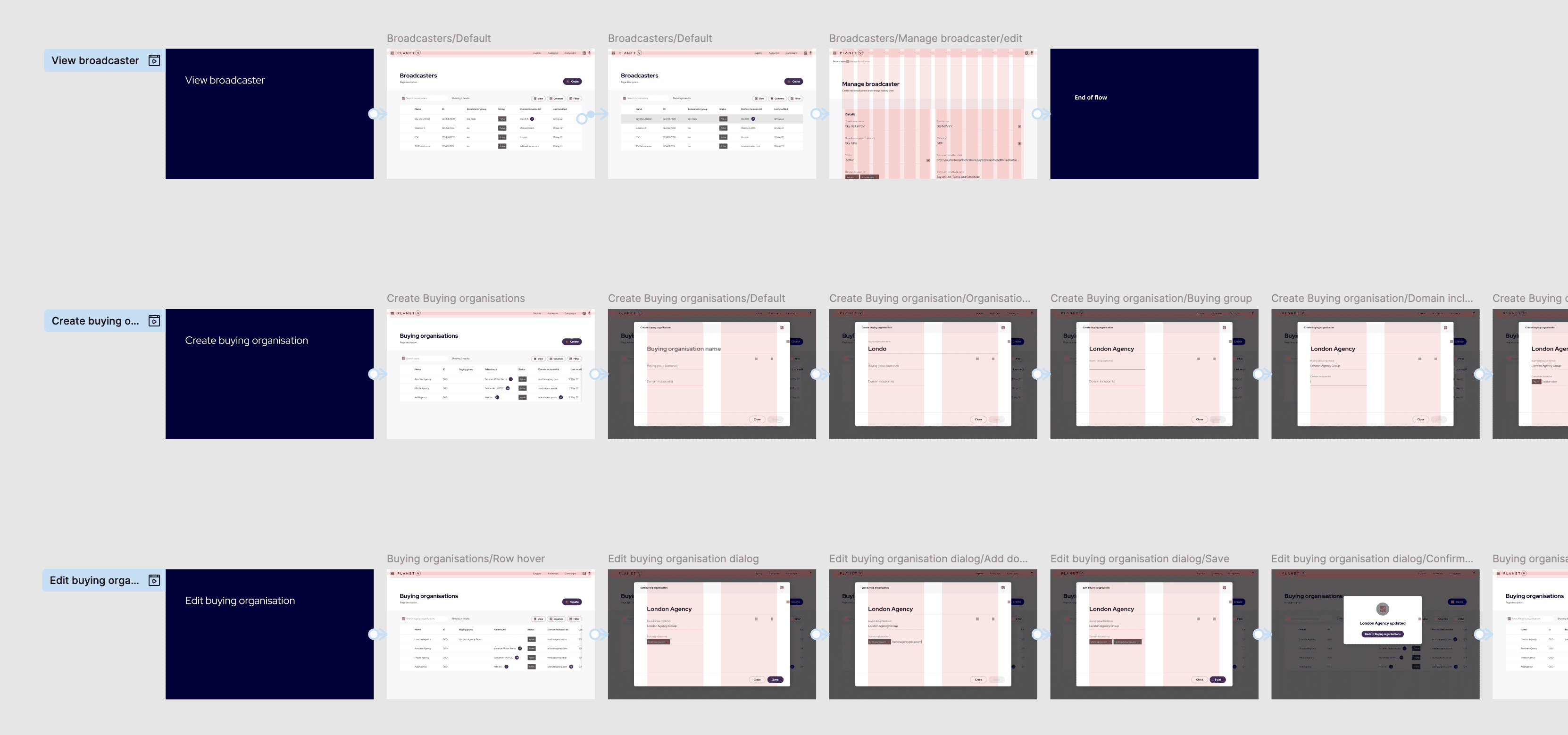
Best practices for effective prototyping in ux
When it comes to creating effective functional prototypes, certain practices can greatly enhance their quality and relevance. Based on our experience at Full Clarity, here are some strategies that we also take into consideration:
Collaboration with stakeholders
Engaging stakeholders early in the process is vital. Involving product team members, clients, and users fosters a rich exchange of ideas and insights that’ll make the experience much more valuable. Regular feedback sessions can help identify potential issues before they become costly, ensuring everyone stays aligned throughout the development.
Iterative testing
Adopting an iterative approach to testing can significantly improve your prototypes. By evaluating user interactions at various stages with prototypes of varying fidelity, you can gather feedback that informs necessary adjustments across all stages of the design process. This continuous refinement helps ensure that each design concept evolves in line with user expectations, ultimately leading to a more intuitive final product.
Incorporating continuous user feedback
In line with an iterative testing process, seeking ongoing user feedback is essential for maintaining a user-centric focus. Encouraging input throughout the prototyping phase allows for insights that can guide design decisions. Methods such as user interviews and usability testing provide valuable perspectives, helping to create a more engaging and effective end product.
Key takeaways
By embracing these best practices, you can enhance the relevance of your prototypes and streamline the design revision process. Collaboration, iterative testing, and continuous user feedback are strategies that contribute to a final product more closely aligned with user needs.
Final thoughts
Prototyping is a crucial aspect of the UX design process, serving as a bridge between concepts and tangible user experiences. By understanding the various types of prototypes—low and high fidelity—you can choose the best approach for your project. Implementing best practices such as stakeholder collaboration, iterative testing, and continuous user feedback ensures that your prototypes are relevant and effective.
At Full Clarity, we recognise the challenges that come with prototyping and are here to support you. Whether you need guidance on creating impactful prototypes or comprehensive UX assistance, our team of experts is ready to help you as your ux prototyping consultancy craft user-centric experiences that resonate with your audience.
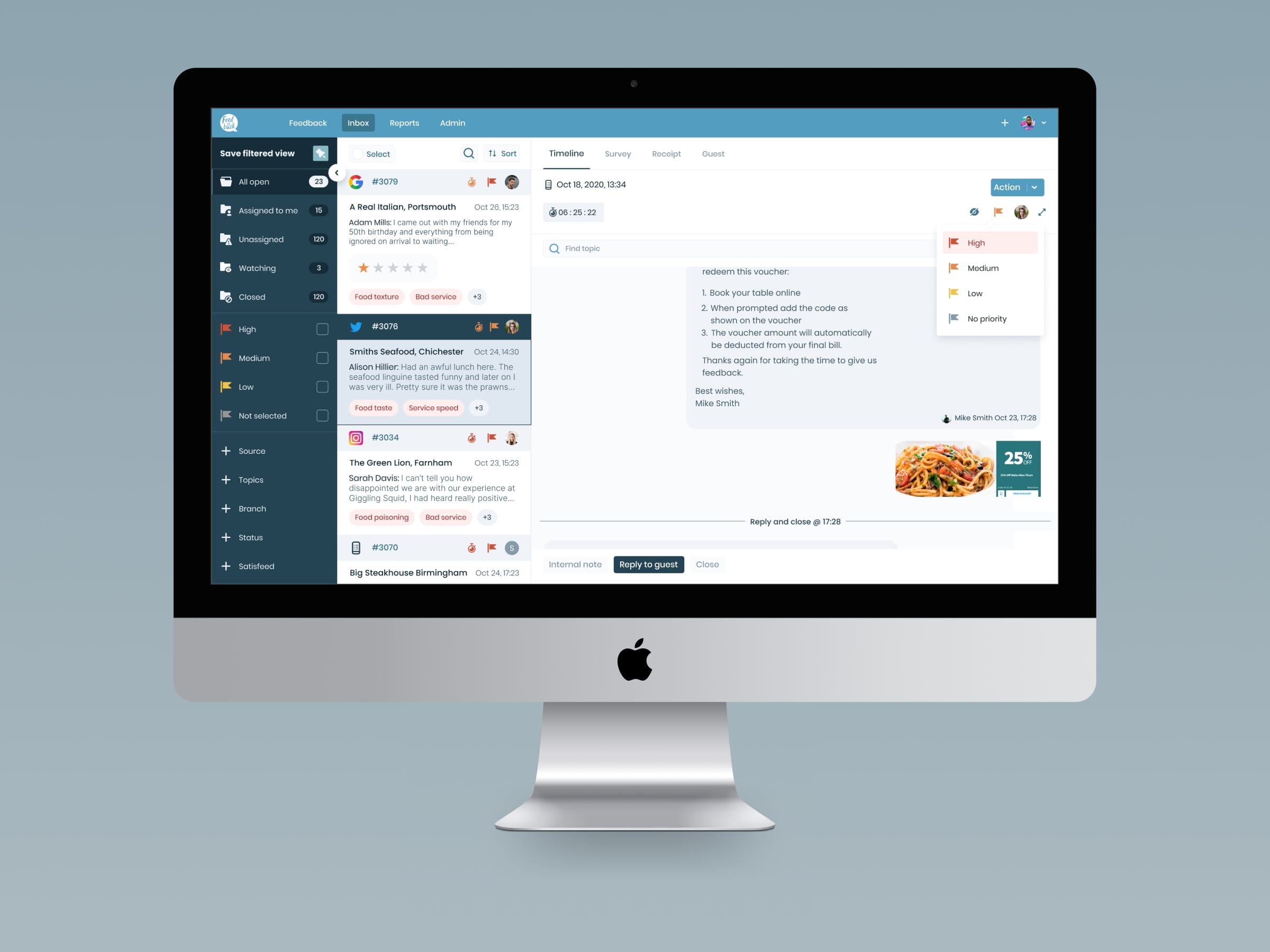
Find out more
If you’d like some support with creating intuitive user experiences, then please do not hesitate to reach out.


